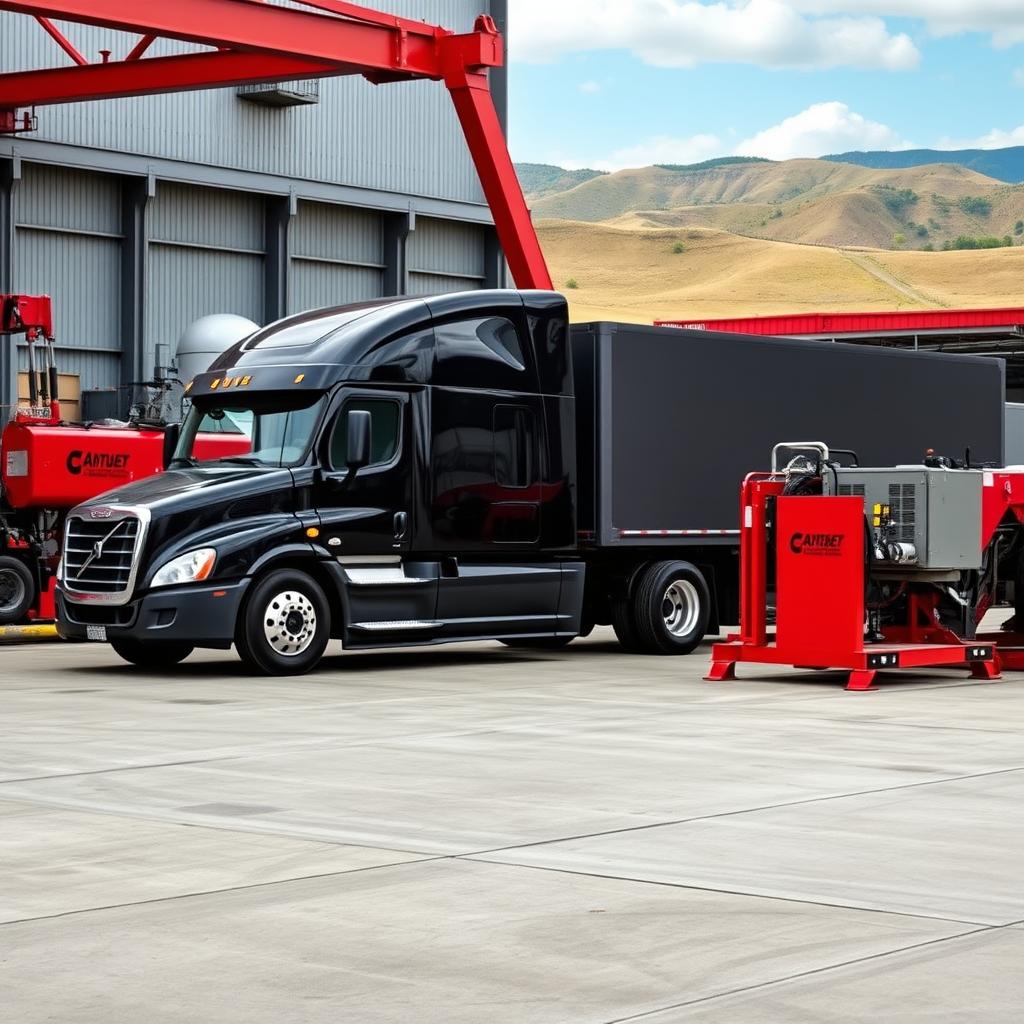10 Proven Ways to Reduce Overhead in Trucking
In today’s competitive trucking industry, reducing overhead in trucking companies has become more crucial than ever. With fuel costs soaring and operational expenses climbing, fleet managers and owner-operators must find innovative ways to cut costs while maintaining service quality. This comprehensive guide explores ten proven strategies that can help trucking businesses optimize their operations and boost their bottom line.
Understanding Trucking Overhead Costs
Before diving into cost-reduction strategies, it’s essential to understand what constitutes overhead in the trucking industry. Overhead costs typically include:
-
– Fuel expenses
– Vehicle maintenance and repairs
– Insurance premiums
– Driver wages and benefits
– Administrative costs
– Equipment financing
– Compliance and licensing fees
– Technology investments
According to the American Transportation Research Institute, the average cost per mile for trucking operations has increased by 12.7% in recent years, making cost management more critical than ever.
1. Optimize Fuel Efficiency
Fuel costs represent one of the largest expenses in trucking operations. Here are several effective strategies to improve fuel efficiency:
Speed Management
Implement speed governing: Maintaining consistent speeds between 60-65 mph can significantly reduce fuel consumption. Studies show that every mile per hour over 65 reduces fuel economy by 0.1 miles per gallon.
Route Optimization
Utilize advanced routing software to:
-
– Minimize empty miles
– Avoid traffic congestion
– Plan the most efficient routes
– Reduce unnecessary idling time
Vehicle Maintenance
Regular maintenance helps optimize fuel efficiency through:
-
– Proper tire inflation
– Regular oil changes
– Clean air filters
– Aerodynamic improvements
2. Implement Preventive Maintenance Programs
A robust preventive maintenance program can significantly reduce repair costs and vehicle downtime. Consider these approaches:
Scheduled Maintenance:
-
– Create detailed maintenance schedules
– Track vehicle service history
– Monitor component wear patterns
– Implement predictive maintenance technologies
Digital Maintenance Management
Utilize fleet management software to:
-
– Track maintenance schedules
– Monitor repair costs
– Identify recurring issues
– Generate maintenance reports
3. Leverage Technology Solutions
Modern technology offers numerous opportunities for reducing overhead in trucking operations:
Fleet Management Systems
-
– GPS tracking
– Electronic logging devices (ELDs)
– Real-time vehicle diagnostics
– Driver performance monitoring
Digital Documentation
Implement paperless solutions for:
-
– Bills of lading
– Proof of delivery
– Driver logs
– Maintenance records
4. Optimize Insurance Costs
Insurance represents a significant overhead expense. Here’s how to optimize coverage costs:
Risk Management
-
– Implement comprehensive safety programs
– Provide regular driver training
– Maintain clean safety records
– Install safety technologies
Coverage Analysis
-
– Review coverage levels regularly
– Compare insurance providers
– Consider higher deductibles
– Bundle insurance policies
5. Maximize Asset Utilization
Efficient asset utilization is crucial for reducing overhead costs:
Load Planning
-
– Optimize trailer capacity
– Reduce empty miles
– Coordinate backhauls
– Implement cross-docking strategies
Equipment Management
-
– Right-size your fleet
– Evaluate leasing vs. purchasing
– Optimize vehicle replacement cycles
– Consider alternative fuel vehicles
Best Practices for Implementation
To successfully implement these cost-reduction strategies:
1. Start Small: Begin with one or two initiatives and gradually expand.
2. Monitor Results: Track key performance indicators (KPIs) to measure success.
3. Employee Training: Ensure staff understands and supports new initiatives.
4. Regular Review: Continuously evaluate and adjust strategies as needed.
Driver Engagement
Create incentive programs for:
-
– Fuel efficiency
– Safe driving practices
– On-time delivery
– Vehicle maintenance
Data Analysis
Regularly analyze:
-
– Cost per mile
– Fuel efficiency
– Maintenance costs
– Asset utilization rates
Remember that successful overhead reduction requires ongoing commitment and regular evaluation of results. The trucking industry continues to evolve, and staying competitive means constantly seeking new ways to optimize operations and reduce costs.
Conclusion
Reducing overhead in your trucking operation requires a comprehensive approach that combines technology, efficient management practices, and strategic planning. By implementing these proven strategies, you can significantly impact your bottom line while maintaining service quality.
Ready to start optimizing your trucking operations? Our team of experts can help you identify and implement the most effective cost-reduction strategies for your specific needs. Contact us today at +1 206-337-4787 to schedule a consultation and discover how we can help your trucking business thrive in today’s competitive market.
Remember, every dollar saved in overhead is a dollar added to your profit margin. Take the first step toward a more efficient and profitable operation by reaching out to us today.







